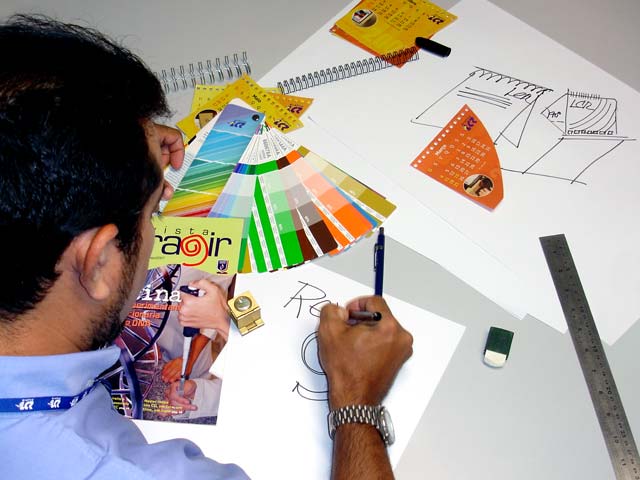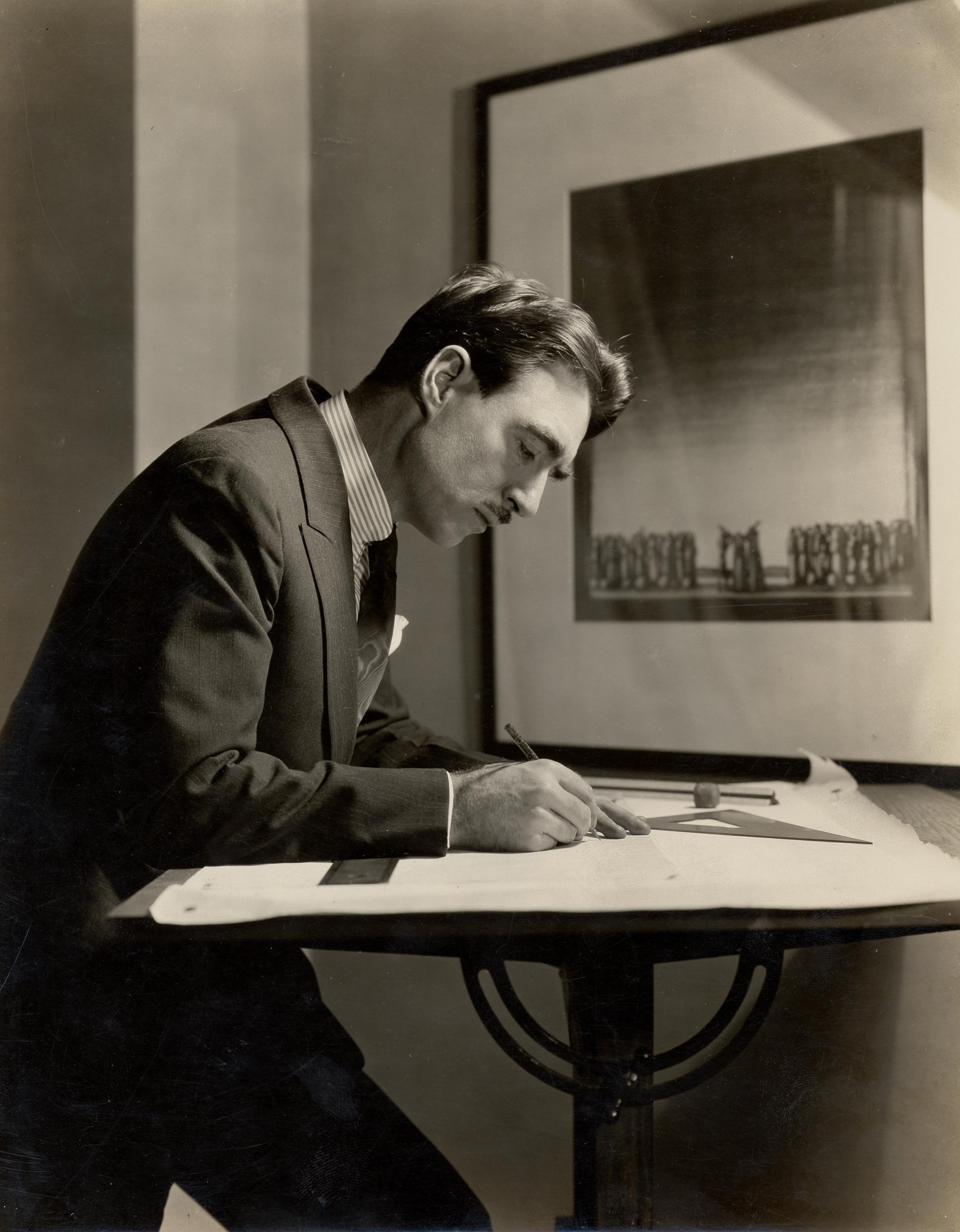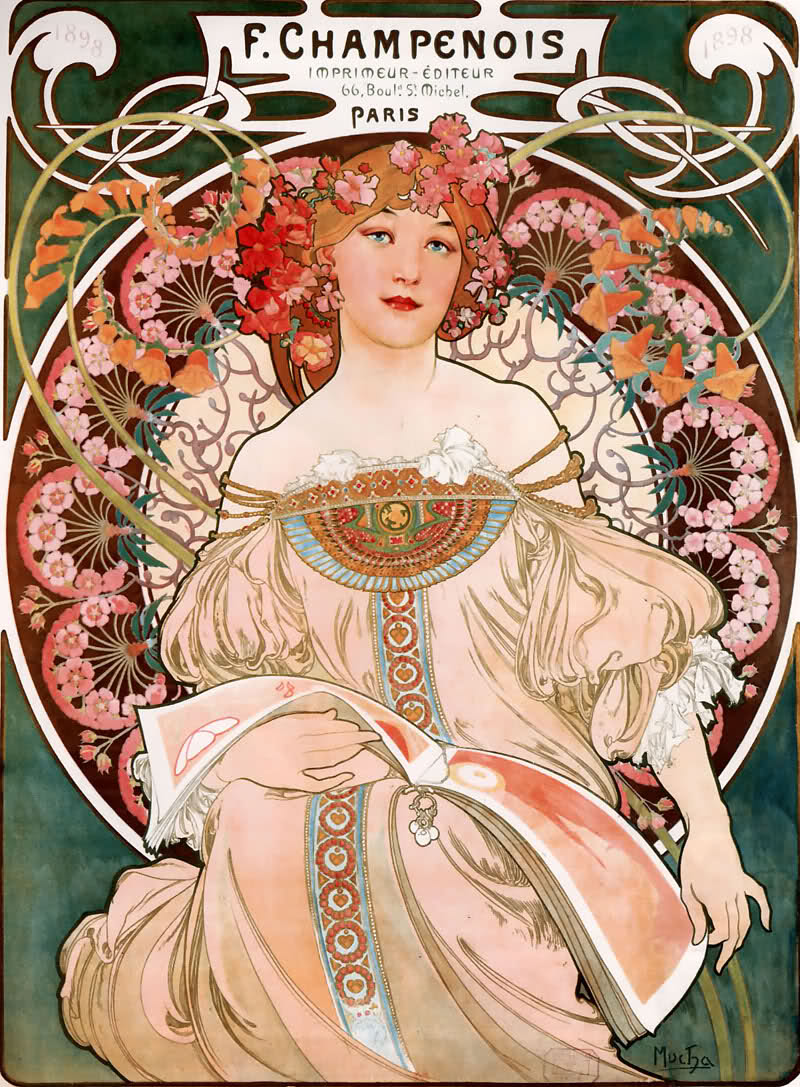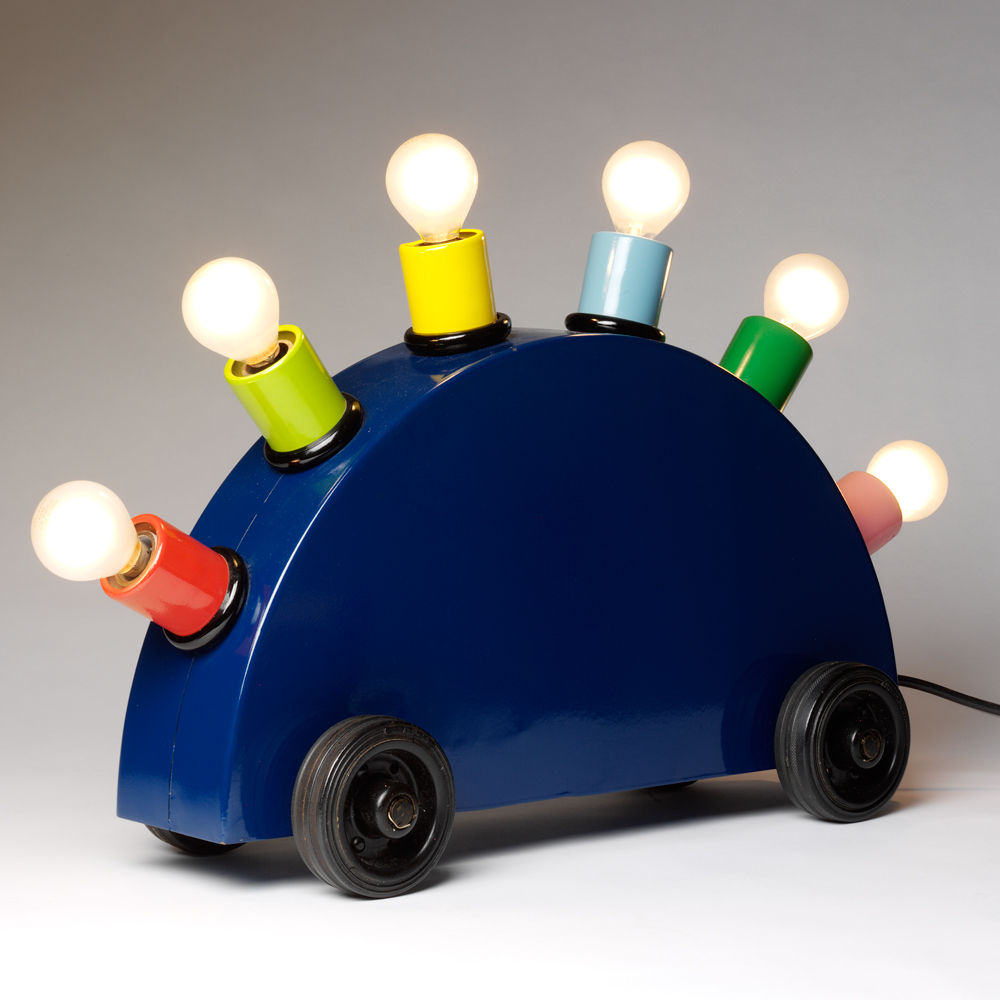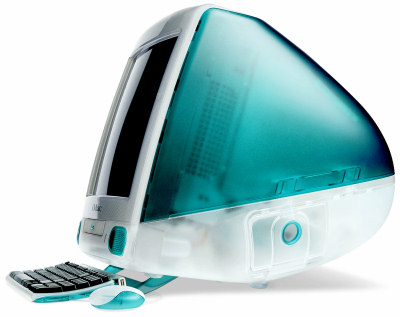CREATIVITY IN DESIGN
Creativity is the fundamental survival skill for a changing world. Creativity is the act of turning new and imaginative ideas into reality. Creativity is characterized by the ability to perceive the world in new ways, to find hidden patterns, to make connections between unrelated, and to generate solutions. Creativity involves two processes: thinking and producing. If you have ideas but do not act on them, you are imaginative, but not creative. Creativity is the process of bringing something new to being. Creativity requires passion and commitment. It brings to our awareness what was previously hidden and points to new life. The experience is one of the heightened consciousness: ecstasy. A product is creative when it is novel and appropriate. A novel product is original, not predictable. The bigger the concept, and the more the product stimulates further work and ideas, the more the product is creative.
Innovation is the implementation of a new or significantly improved product, service or process that creates value for business, government or society. Some people say creativity has nothing to do with innovation, but in my view it is a crucial part of the innovative product. Innovation cannot happen without creativity. The key metric in both creativity and innovation is value creation.
In current world, this far leading left-brain linear, analytical computer-like thinking is being replaced by right-brain empathy, inventiveness, and understanding as skills most needed to adapt. In other words, creativity gives you a competitive advantage by adding value to your service or product, and differentiating your business from the competition.
Can creativity be learned? Certainly! A study (link) reveals that we are naturally creative and as we grow up we learn to be uncreative. The reason for that is that the educational system was designed to train us to be good workers and follow instructions. Creativity can be developed by learning and applying creative thinking processes. The ability to generate innovative ideas is not merely a function of the mind, but also a function of five key behaviours that optimize your brain for discovery:
- Associating: drawing connections between questions, problems, or ideas from unrelated fields
- Questioning: posing queries that challenge common wisdom
- Observing: scrutinizing the behavior of customers, suppliers, and competitors to identify new ways of doing things
- Networking: meeting people with different ideas and perspectives
- Experimenting: constructing interactive experiences and provoking unorthodox responses to see what insights emerge
Beliefs that only special, talented people are creative-and you have to be born that way- diminish our confidence in our creative abilities. The notion that geniuses such as Shakespeare, Picasso and Mozart were `gifted’ is a myth. Researchers examined outstanding performances in the arts, mathematics and sports, to find out if “the widespread belief that to reach high levels of ability a person must possess an innate potential called talent.” The study concludes that excellence is determined by opportunities, encouragement, training motivation, and most of all - practice. Few showed early signs of promise prior to parental encouragement. No one reached high levels of achievement in their field without devoting thousands of hours of serious training. Mozart trained for 16 years before he produced an acknowledged master work. Moreover many high performers achieve levels of excellence today that match the capabilities of a Mozart, or a Gold Medallist from the turn of the century.” (The Vancouver Sun, Sept.12/98)
Tips for being more creative and innovative:
Believe you can change the world.
Work quickly, keep the tools unlocked, work whenever.
Know when to work alone and when to work together.
Share - tools, ideas. Trust your colleagues.
No politics. No bureaucracy.
The customer defines a job well done.
Radical ideas are not bad ideas.
Invent different ways of working.
Make a contribution every day. If it doesn't contribute, leave it behind.
Believe that together we can do anything.
Invent.
More thoughts about creativity and the process of creativity:
The Process of Creativity
Tips for being more creative and innovative:
Believe you can change the world.
Work quickly, keep the tools unlocked, work whenever.
Know when to work alone and when to work together.
Share - tools, ideas. Trust your colleagues.
No politics. No bureaucracy.
The customer defines a job well done.
Radical ideas are not bad ideas.
Invent different ways of working.
Make a contribution every day. If it doesn't contribute, leave it behind.
Believe that together we can do anything.
Invent.
More thoughts about creativity and the process of creativity:
The Process of Creativity
Great link about different tips and exercises for developing creativity:
Some creativity-related pdf materials:

